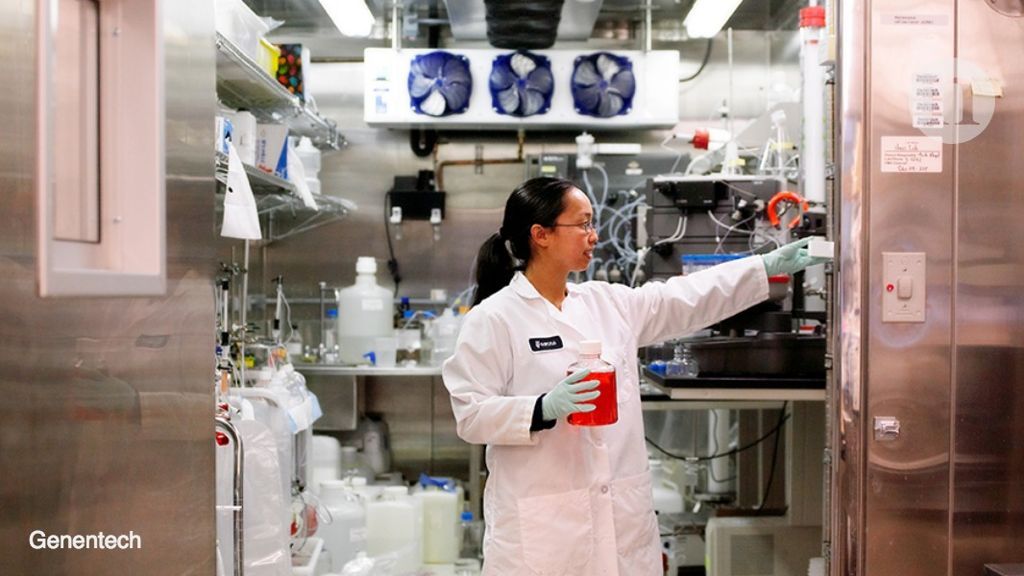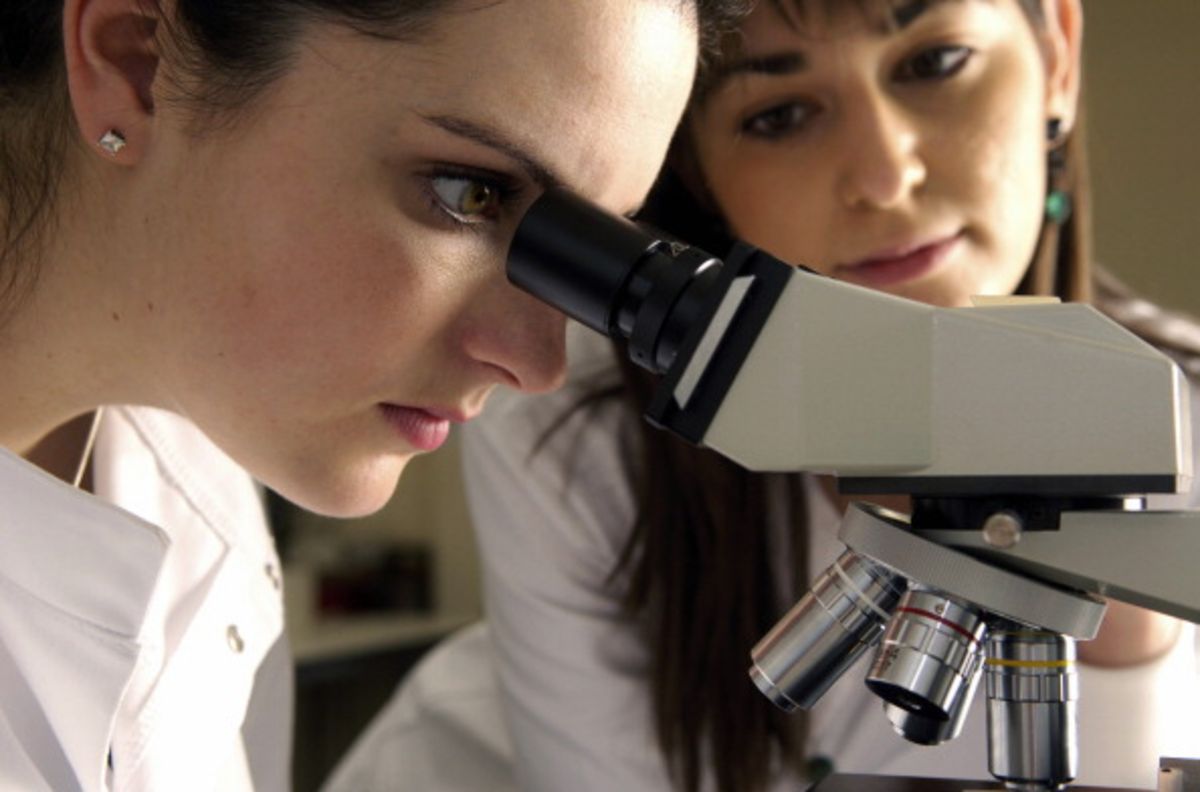https://upjourney.com/exciting-healthcare-startups-to-watch-…6Ah4-sGT_c
Category: innovation – Page 217

Today is the 20th anniversary of the International Space Station
Our orbiting laboratory is a unique place – a convergence of science, technology and human innovation that demonstrates new technologies and makes research breakthroughs not possible on Earth. Unpack its architecture here: https://go.nasa.gov/2FzkBtf #SpaceStation20th


Fusion breakthrough as China’s “artificial sun” reaches 100 million degrees
The day of clean, limitless energy from nuclear fusion has taken another step closer thanks to China’s Experimental Advanced Superconducting Tokamak (EAST). During a four-month experiment, the “Chinese artificial sun” reached a core plasma temperature of over 100 million degrees Celsius – that’s more than six times hotter than the interior of the Sun – and a heating power of 10 MW, enabling the study of various aspects of practical nuclear fusion in the process.

How Bill Gates Aims to Save $233 Billion by Reinventing the Toilet
Bill Gates thinks toilets are a serious business, and he’s betting big that a reinvention of this most essential of conveniences can save a half million lives and deliver $200 billion-plus in savings.
The billionaire philanthropist, whose Bill & Melinda Gates Foundation spent $200 million over seven years funding sanitation research, showcased some 20 novel toilet and sludge-processing designs that eliminate harmful pathogens and convert bodily waste into clean water and fertilizer.
“The technologies you’ll see here are the most significant advances in sanitation in nearly 200 years,” Gates, 63, told the Reinvented Toilet Expo in Beijing on Tuesday.



“The problems the Bay Area is facing are the problems of success,” says Grant. The northern California metropolis is among the top 50 science cities in the Nature Index, measured by its contribution to the authorship of 82 high-quality research journals. When assessed solely on the output of its corporate institutions, it ranks number one. The question is whether the Bay Area can, in the face of mounting social problems, retain these companies and the brilliant researchers whose work they depend on.
Scientific innovation has long powered the San Francisco Bay Area’s economy, but community and political challenges could undermine progress.

I did a live 15 minute interview on Armenia’s Public TV and the country’s most popular morning show
I did a live 15 minute interview on Armenia’s Public TV and the country’s most popular morning show, sharing information about transhumanism and the FAST Global Innovation Forum I spoke at. Give it a watch here: